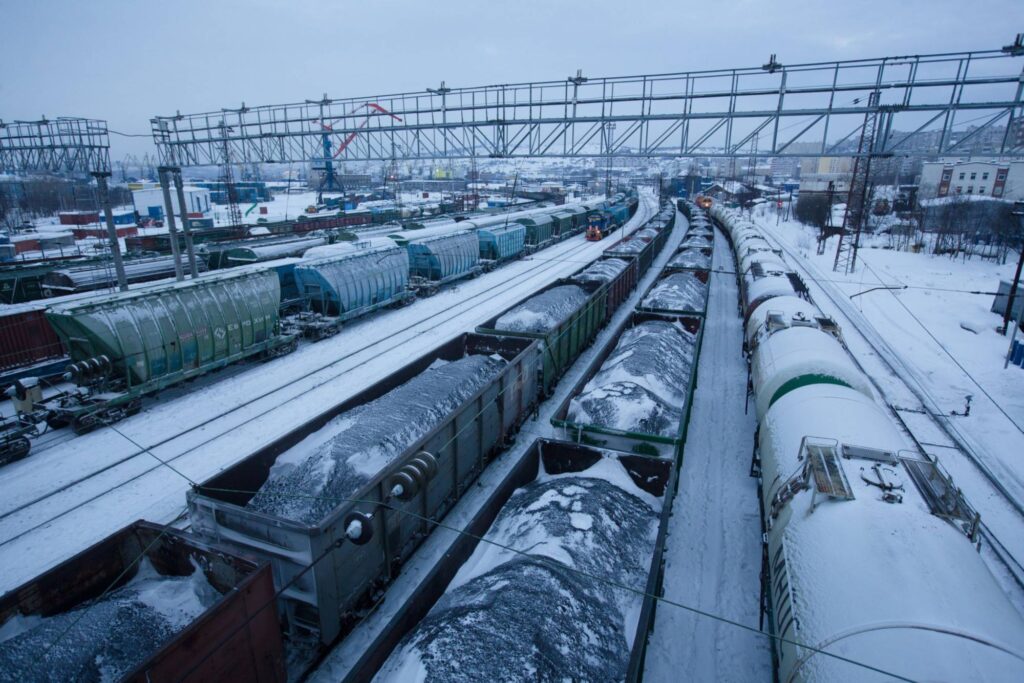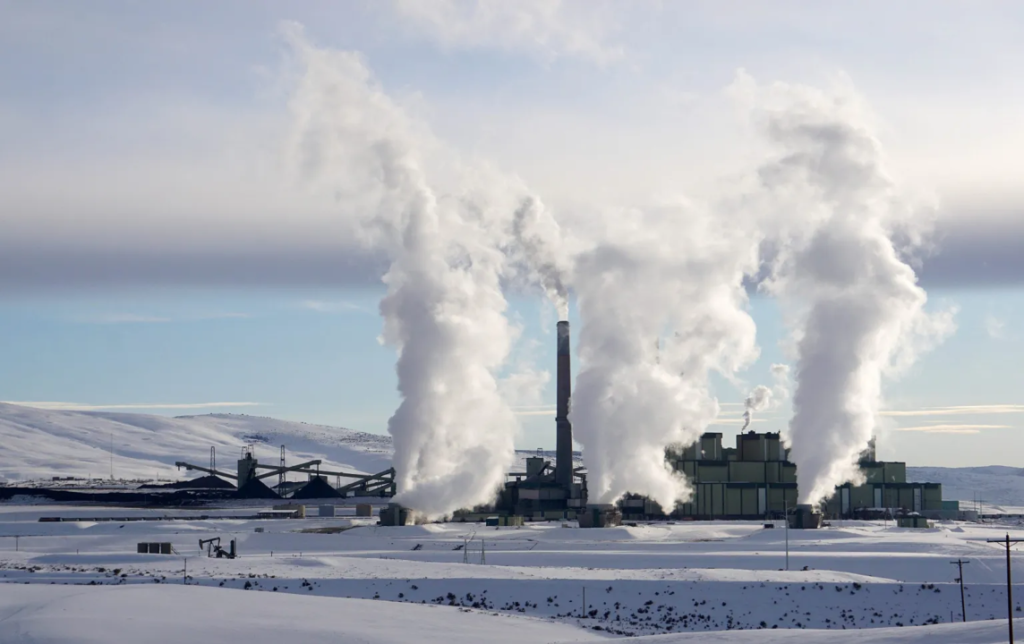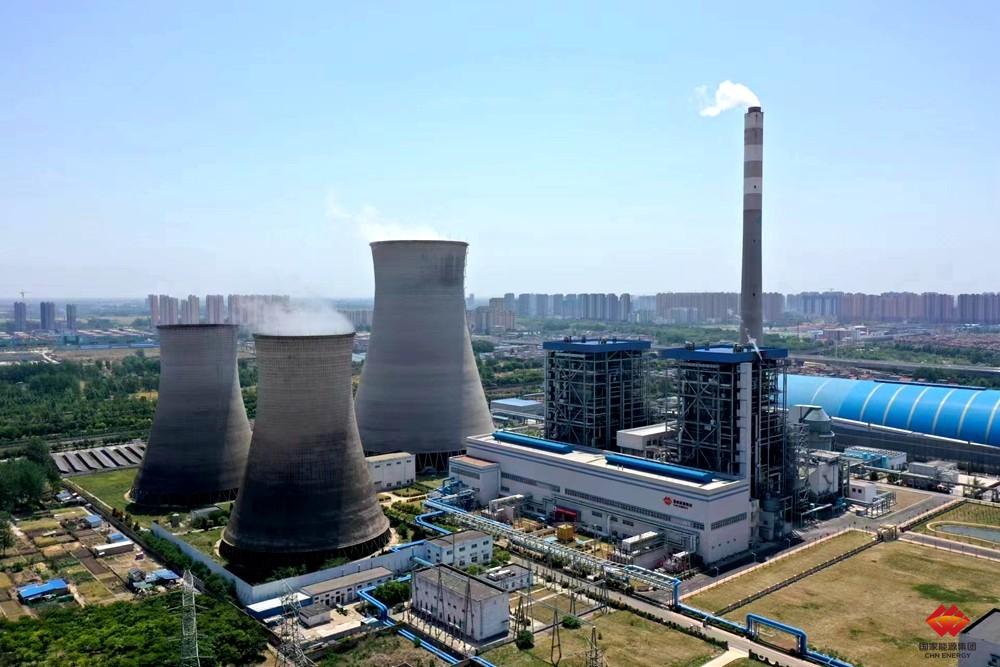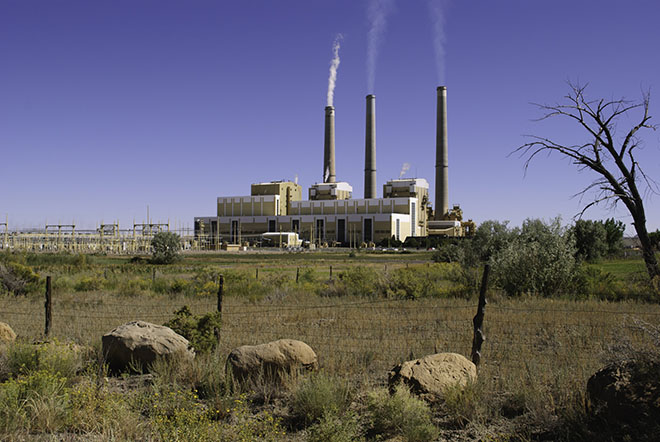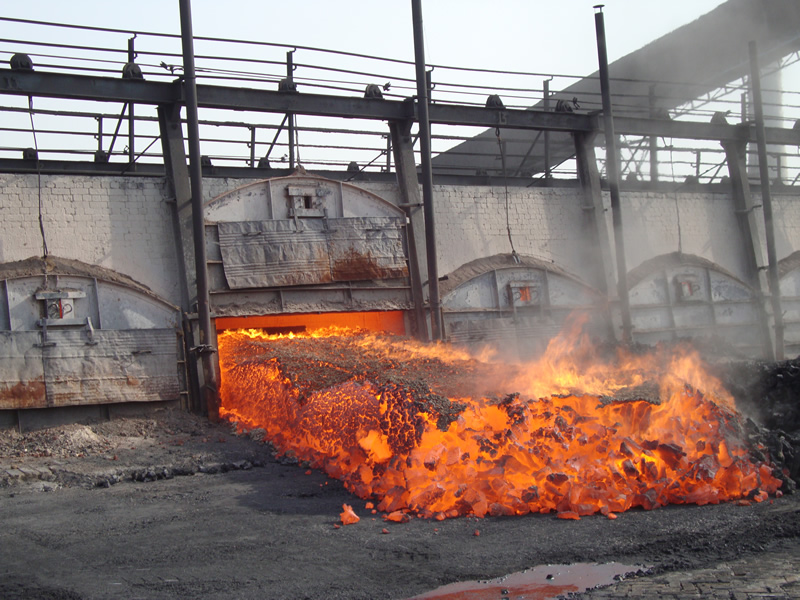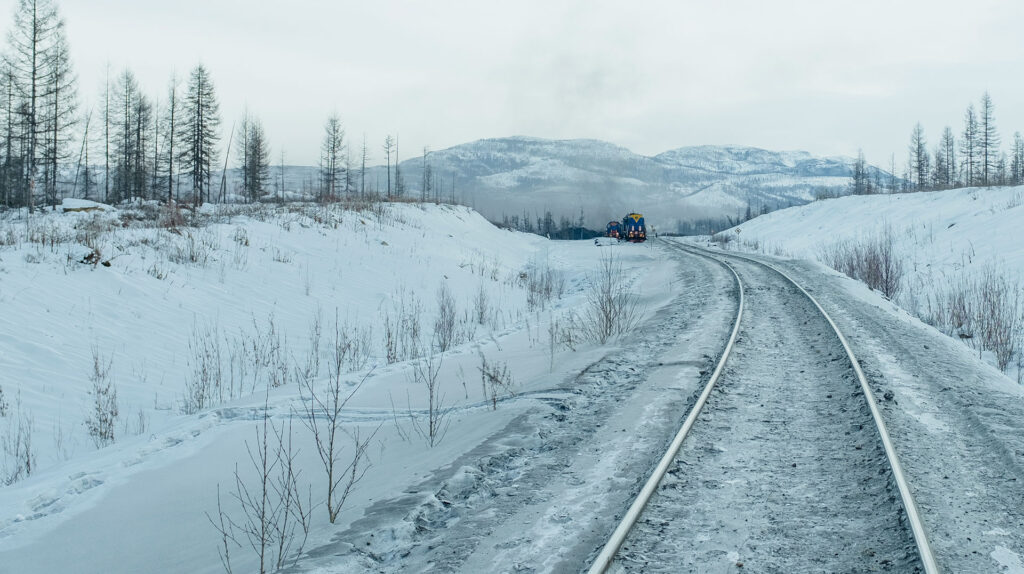European gas prices have fallen to ranges where gas-fired power stations are now largely more profitable to run than coal-fired ones, for most efficiencies and most forward periods.
Prices at Europe’s most traded gas hub, the Dutch TTF, have fallen to their lowest winter point in years — Argus last assessed the TTF front-month lower during winter 2020-21.
And gas prices have fallen further than other energy-related commodities in recent weeks, outstripping losses especially in coal prices and approaching the bottom of the coal-to-gas fuel-switching range (see front-month fuel-switch graph). Gas-fired power stations with an efficiency above 53pc would financially outperform most coal-fired power stations with an efficiency of below 46pc for all periods between the front month and the front summer inclusive at prevailing prices (see forward curve graph).
The power sector is a key source of demand-side flexibility in Europe’s gas market, although the coal phase-out means that the scope for alternating between the fossil fuels is narrowing. Gas prices move deeper into coal-to-gas switching territory when Europe has spare gas for the power sector to burn, while gas prices climb above the fuel-switching range to discourage gas-fired generation over periods of tightness in the gas market.
Gas prices last rose above the coal-to-gas fuel-switching range over the latest price rally in October. And they have fallen through fuel-switching ranges after mild weather in October-November left the continent better stocked than usual for the time of winter. Scenarios with gas shortages can now largely be ruled out for this winter.
And coal prices are unlikely to fall further to remain competitive with gas in electricity generation as an increase in production and logistics costs in recent years has led many Atlantic basin coal suppliers to resist lowering offers.
Lower power prices weigh on operating margins
Spot and forward electricity prices in Germany — which has the largest scope for coal-to-gas fuel switching in Europe — have fallen on an outlook of higher wind and milder weather in the coming weeks.
German power prices have fallen further than gas prices in recent days as expectations of high renewables output suggest a lower call on thermal plants. At the same time, the lightest French nuclear maintenance schedule since January 2018 is likely to boost electricity imports from France, weighing on German thermal generation.
Forward operating margins for German power stations have turned negative for contracts this winter over the past week. The day-ahead clean spark spread for a 55pc-efficient gas turbine closed at minus €35.59/MWh on 19 January, as unusually strong wind generation pushed down prompt power prices. Wind generation was forecast at 46GW on Monday, equating to a load factor of 71pc.
German front-month clean spark spreads for a 55pc-efficient gas unit turned negative on 12 January. And spark spreads for the same unit closed negative up to the start of winter 2024-25 on 19 January (see sparks and darks graph).
Slim or even negative operating margins may discourage firms from forward hedging their gas-fired power generation for this year. But gas ahead of coal in the merit order could still lift gas-fired generation over periods of low renewables output. Gas prices fell enough to encourage lignite-to-gas fuel-switching last summer, before emissions and power prices got caught up in their downward movement.
TTF front-month vs coal-to-gas fuel-switching ranges €/MWh

German spark and dark spread forward curves €/MWh

TTF vs coal-to-gas fuel-switching forward curve €/MWh


